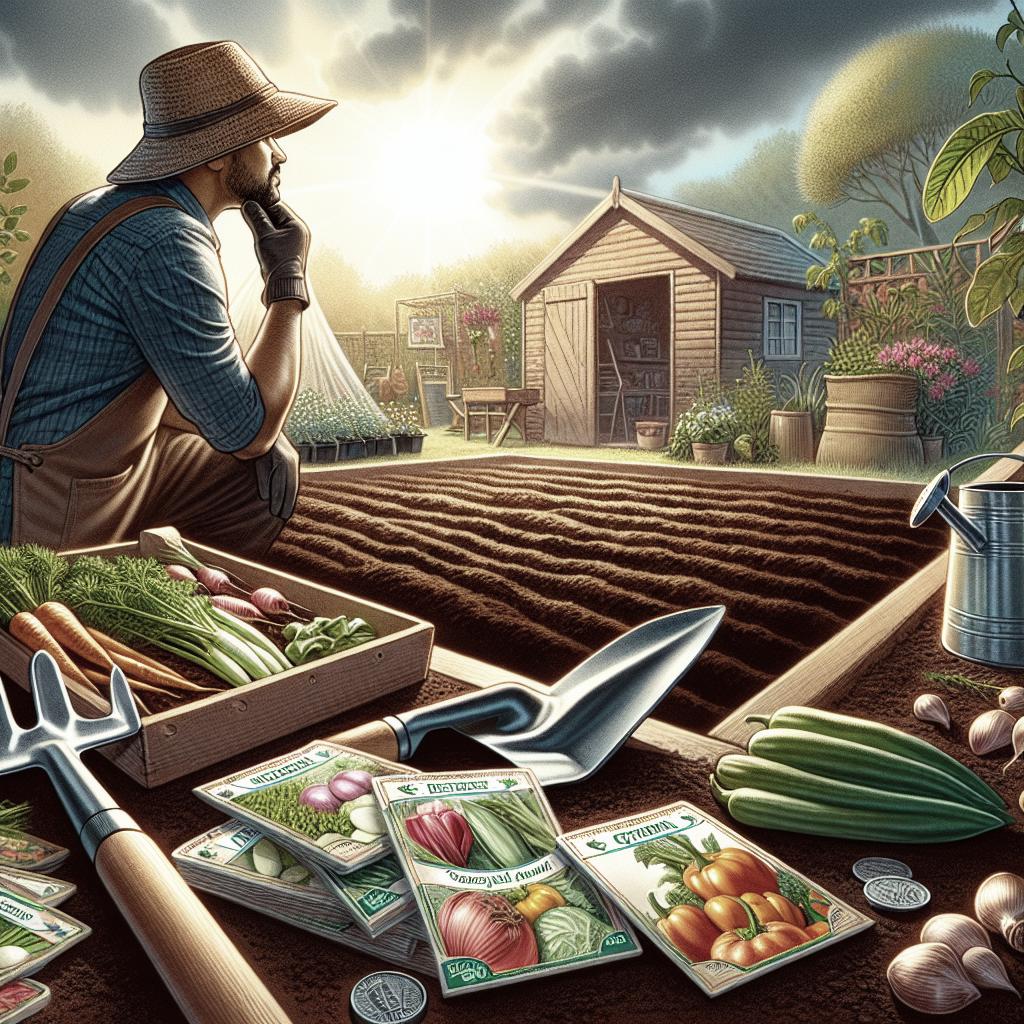“`html
Eco-Friendly Garden Tools: A Pathway to Sustainable Gardening
As we become more conscious of our environmental impact, many gardeners are seeking eco-friendly tools to reduce their carbon footprint. This blog post explores the world of sustainable gardening tools, examining their potential benefits and some common drawbacks. We’ll delve into the issues with traditional wooden and plastic tools, and highlight some of the best eco-friendly yard tools currently available. Additionally, we’ll address frequently asked questions and provide an opportunity for you to engage with the content by leaving comments and subscribing to updates. By the end of this post, you’ll have a clearer understanding of how to equip your garden sustainably and responsibly.
What are the drawbacks of wooden tools?
Wooden tools are often championed for their natural appearance and tactile feel, which can enhance the gardening experience. However, one significant drawback is their susceptibility to weathering and decay. Over time, exposure to moisture can cause wooden handles and parts to splinter or rot, requiring regular maintenance such as sanding and sealing to prolong their lifespan. This not only increases the time and cost associated with tool upkeep but also shortens their overall usability.
Another concern is the environmental impact of the wood harvesting process. Not all wooden tools are sourced sustainably, which means the production may contribute to deforestation and habitat loss. Eco-conscious gardeners should seek out tools made from sustainably harvested wood or certified by recognized environmental organizations. This ensures that the impact on the planet is minimized, aligning with the principles of sustainable gardening.
Sign up to the Homes & Gardens newsletter
Stay informed and inspired by subscribing to the Homes & Gardens newsletter. Our comprehensive newsletter offers the latest gardening tips, eco-friendly product recommendations, and design inspiration straight to your inbox. Whether you’re a novice gardener or a seasoned pro, our content is tailored to provide value and insight to enhance your gardening journey.
By signing up, you’ll also gain access to exclusive content, promotions, and expert advice that can’t be found anywhere else. Our commitment to sustainability and style means you can trust us to bring you the best in eco-friendly home and garden solutions. Don’t miss out on the opportunity to be part of a community that values the environment as much as you do.
Leave a comment
We would love to hear from you! If you have experiences or tips about using eco-friendly garden tools, or if you have any questions, leave a comment below. Engaging with our readers helps us tailor our content to your needs and fosters a collaborative community of eco-conscious gardeners. Your insights and queries inspire informative discussions, making this space beneficial for everyone involved.
What’s the issue with plastic tools?
Plastic garden tools have become ubiquitous due to their lightweight and often low-cost nature. However, their environmental impact is a significant issue. Plastic tools contribute to the growing problem of plastic pollution, as they break down into microplastics over time and can remain in the environment for hundreds of years. For eco-conscious gardeners, this long-lasting waste is a substantial drawback.
Another issue with plastic tools is their tendency to become brittle and break easily when exposed to UV light and varying weather conditions. This can result in frequent replacements and increased consumption, further exacerbating their environmental impact. Opting for tools made from recycled plastics or bioplastics, which are designed to decompose more efficiently, can mitigate some of these negatives.
Best eco-friendly yard tools
Sustainable gardening begins with choosing the right tools. Fortunately, there is a growing range of eco-friendly garden tools available to suit different needs. Bamboo-handled tools, for example, are an excellent alternative to traditional wood, as bamboo grows quickly and is highly renewable. Tools made from stainless steel are also commendable for their durability and recyclability.
Another innovative option is solar-powered garden equipment, such as lawn mowers or trimmers, which significantly reduce carbon emissions compared to their gasoline-powered counterparts. Additionally, look for companies that offer recycled or sustainably sourced materials in their tool manufacturing process, thereby supporting circular economy principles and reducing reliance on non-renewable resources.
FAQs
Q: Are eco-friendly tools as durable as conventional ones?
A: Many eco-friendly tools are designed to match or exceed the durability of traditional tools. For example, stainless steel components and bamboo handles can offer significant longevity.
Q: Where can I buy eco-friendly garden tools?
A: Eco-friendly garden tools are increasingly available at major retailers, specialty gardening stores, and online platforms. Look for certifications or statements regarding sustainable practices from the manufacturers.
Q: How can I maintain my eco-friendly tools?
A: Regular cleaning and appropriate storage — keeping tools out of harsh weather conditions — can prolong their lifespan. For wooden parts, regular sealing can help prevent decay.
Final thoughts
| Tool Material | Benefits | Drawbacks |
|---|---|---|
| Wood | Natural feel, aesthetic appeal | Susceptible to decay, maintenance required |
| Plastic | Lightweight, low cost | Environmental impact, brittleness |
| Bamboo | Renewable, durable | Availability issues |
| Stainless Steel | Durable, recyclable | Heavier weight |
| Solar-Powered | Reduced carbon footprint | Higher initial cost |
“`

